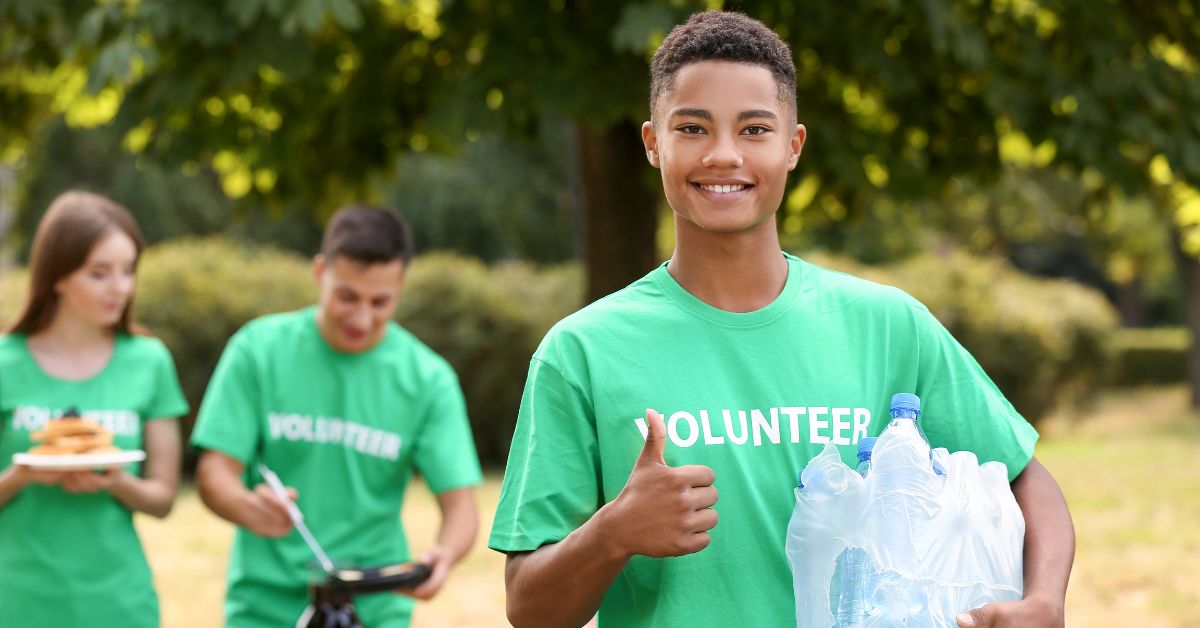Behind every successful charity event is a dedicated group of volunteers who turn intention into impact. Their time, energy, and compassion breathe life into missions that aim to serve underserved populations.
This blog examines the role of volunteers in charity donation drives and the various tasks volunteers undertake.
The Foundation of Effective Donation Drives
Charity donation drives operate on tight budgets and even tighter timelines. Hiring staff to handle every aspect of a drive is unrealistic. Volunteers amplify a nonprofit’s capacity to serve by performing critical tasks such as:
- Assembling hygiene kits or care packages.
- Organizing and categorizing donated items.
- Driving donation pickup routes.
- Staffing collection sites or distribution tables.
- Spreading awareness through social media or word-of-mouth.
- Translating for non-English speakers.
- Offering technical or logistical support.
Without volunteers, the sheer volume of work involved in a community outreach program would overwhelm most charities. Their presence ensures that donations don’t sit idle.
A Personal Experience That Matters
Individuals experiencing hardship often face isolation, stigma, and a sense of disconnection from others. Volunteers bring humanity. Whether handing someone a warm pair of socks or offering directions at a distribution site, they serve as the human face of the mission.
They help break down barriers of distrust and build the kind of rapport that keeps people coming back for needed resources. Paid employees can offer smiles and kind words, too, but they’re commonly juggling multiple tasks that take up a great deal of time.
Training That Improves the Success of the Drive
Not all volunteers arrive ready to jump in. It’s best to assume that all volunteers are unfamiliar with the needs of the communities they’re serving. That’s why training is so important.
Effective training covers:
- Cultural sensitivity and trauma-informed care.
- Safety and sanitation procedures.
- Inventory management systems.
- Emergency protocols.
- Communication best practices.
Training ensures that volunteers are productive, respectful, and supportive. It also helps reduce the burden of staff responsibilities, so they can focus on strategic goals instead of constant oversight.
Some organizations even provide volunteers with digital training modules, orientation videos, or mentorship pairings before major drives.
Organization: How Volunteers Streamline Operations
Donation drives are inherently fast-paced and chaotic. From initial donation drop-offs to final distribution, there are countless moving parts. Volunteers play a key role in bringing order to that chaos.
For instance, sorting and categorization are crucial steps in the process. Without clear labeling and systemized grouping, it’s easy to misplace or waste essential supplies. Volunteers can help maintain inventory flow by categorizing goods based on type, size, gender, or seasonality.
Trained volunteers can even participate in tasks like assessments, where they collect feedback from recipients to help refine future donation drives. These insights help organizations stay relevant and responsive.
Volunteer Leadership: The Multiplier Effect
Many long-term volunteers evolve into leaders who train newcomers, manage distribution zones, and organize donation schedules. These leaders serve as multipliers, utilizing their knowledge and guidance to help teams of volunteers work more efficiently.
By promoting from within the volunteer ranks, charities benefit from on-the-ground experience and deep commitment. These leaders often have a unique understanding of both logistical and emotional dynamics at play during charity drives.
Investing in volunteer leadership also builds continuity. While individual volunteers may come and go, experienced leaders preserve institutional knowledge and the drive’s quality.
Recruiting the Right People
Recruiting volunteers is not just a numbers game. It’s about finding the right fit for the right roles.
Retirees, students, faith-based groups, corporate teams, and service-minded individuals all bring different skills to the table. Matching these skills with specific tasks helps improve both efficiency and volunteer satisfaction.
Some examples include:
- Placing bilingual speakers at intake stations.
- Assigning extroverted volunteers to greeting tables.
- Having detail-oriented individuals manage inventory logs.
- Asking physically strong volunteers to handle lifting and loading tasks.
The goal is to set everyone up for success while filling the most critical jobs with those best equipped to handle them.
Recognizing Volunteer Contributions
Recognition plays a vital role in keeping volunteers motivated and engaged. While a heartfelt thank-you is always appreciated, going a step further helps create lasting relationships and encourages continued involvement. Organizations can show appreciation through events that celebrate volunteer efforts, such as appreciation dinners or post-drive gatherings. These moments of connection help volunteers feel seen and valued.
In addition to events, sharing stories of standout volunteers in newsletters or on social media allows the broader community to recognize their impact. Volunteers who receive public recognition often feel a deeper sense of pride and commitment. Offering small tokens of appreciation—such as branded T-shirts, service certificates, and personal thank-you letters—can also reinforce the significance of their contributions.
Connecting Volunteers to the Mission
One of the most powerful ways to retain volunteers is to connect them emotionally to the mission. This can be achieved through:
- Storytelling: Share recipient stories (with permission) to show the impact of their work.
- Site visits: Let volunteers see shelters, community centers, or schools that benefit from their efforts.
- Testimonies: Invite past recipients to speak during volunteer orientations or thank-you events.
- Transparency: Explain how each donated item or hour of work contributed to the drive’s success.
When volunteers understand how their work changes lives, they become ambassadors for the cause.
Supplying the Tools for Success
Volunteers can only be as effective as the tools they’re given. That’s why charities often turn to suppliers like 2Moda for cost-effective, reliable donations.
Whether preparing hygiene kits, distributing backpacks, or offering warm-weather essentials, charities need dependable goods in high quantities. By sourcing bulk homeless supplies, organizations can serve more people at a lower cost and ensure that volunteers have everything they need to operate efficiently.
Having ample, presorted supplies allows volunteers to focus less on scrambling for materials and more on delivering care with dignity and compassion.
Volunteers Are the Heart of Giving
It’s unfortunately common to underestimate the role of volunteers in charity donation drives. Yet, when charity employees are busy, volunteers provide the hands that sort, the voices that greet, and the hearts that give meaning to every donated item.
From managing logistics to building human connections, volunteers make it possible for charitable organizations to serve more people, more effectively. When supported with the right training and resources, their impact becomes immeasurable.
For organizations seeking to expand their reach and maximize their donations, investing in volunteer engagement is just as important as sourcing quality supplies. Together, they create a powerful network of support for those who need it most.


